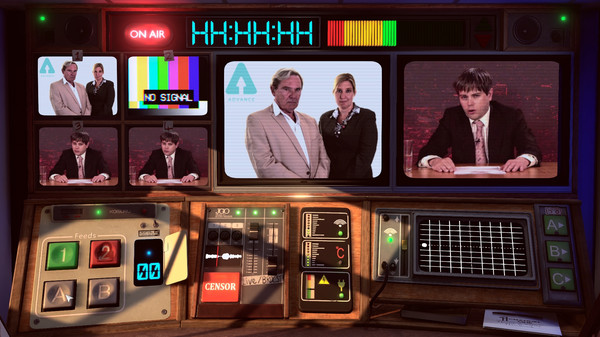

To launch the show, WTVT asked viewers for a catchier name for the robot, drawing heaping piles of responses. Dynamo and college student Lyle “Red” Koch got a munificent $5.00 a day to play the robot and also Danny’s Lieutenant sidekick. In an odd move, WKY sent the robot to WTVT in Tampa so that they could start their own 3-D Danny program.Įd Scott got the plum role of Dan D. Dynamo was born and reared in Arcrod, the 3rd planet in the solar system of Ursa Minor and about the size of earth and similar in typography and climate.Ī kinescope of an episode with the robot (pronounced Bazz-ark) can be seen on YouTube. On his webpage today, Williams is matter-of-fact about his creation, or perhaps just can’t spel none too gud.ĭan D. There was also Ubic, who looks like a crewmember, or possibly a stagehand accidentally caught on camera. It starred Danny Williams, then still in the first decade of a sixty-year career in broadcasting. WKY-TV, Oklahoma City, created their own kiddie space show in 1957, 3-D Danny. “Trixie (Dick Chalmers) did tricks while GYRO drew pictures about outer space and sang with the kids,” reports Reuben Hoggett of where most of these pictures appeared. He built Gyro the Robot for the station’s children’s show, probably named Kids Corner, to be a counterpart to Trixie the Clown. One pioneer in the field was Morgan Kaolian, who was a commercial artist and the Art Direction of WICC, a UHF station in Bridgeport, CT. Since half a dozen space-themed television shows aimed at kids ran in the early 1950s, a science-fictional theme was inevitable. Invite a few noisy kids onstage and the result was fun and games, usually literally. Hosts dressed up as a clown or cowboy or interacted with puppets or guys wearing silly costumes.

And then for the afterschool crowd, kiddie shows. Having no idea of what would work and hours to experiment with, local stations tried every type of show they could think of: cooking, gardening, public affairs, fashion.
#Not for broadcast gog free#
(To fill up her copious free time she also starred in the local, later syndicated, sitcom Life with Elizabeth.) It broadcast five-and-a-half hours a day, six days a week for four years. Thirty-year-old Betty White took over a show called Hollywood on Television in 1952. Steve Allen and Ernie Kovacs made their names with innovative and distinctive locals shows before the networks swooped them up. Budgets were ridiculously small, just sufficient to hire a personable young newcomer willing to work cheap with few other props than a desk and a chair and their ingenuity in filling hours of airtime without a script. They found ways to fill in non-network time. The rest of the day was filled in piecemeal over time, early morning shows, late-night chat, afternoon soaps and game shows. At first networks provided their affiliates only enough programs to fill what we now call prime time.

Through the number of television sets in living rooms rose exponentially from 1948 to 1958, programming lagged behind.


 0 kommentar(er)
0 kommentar(er)
